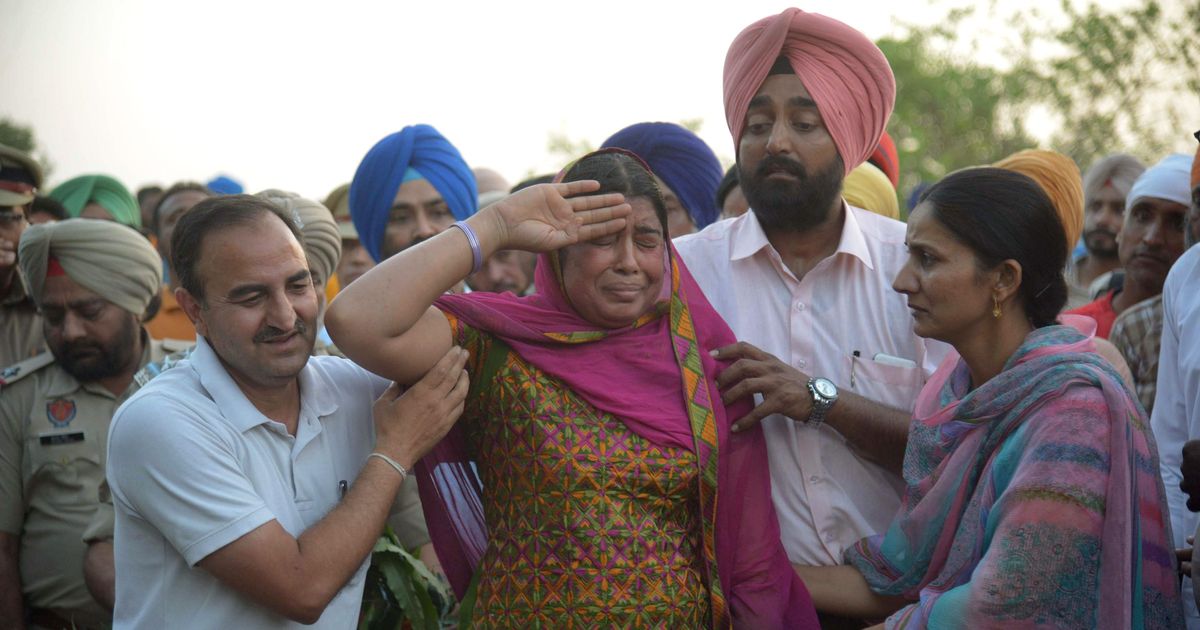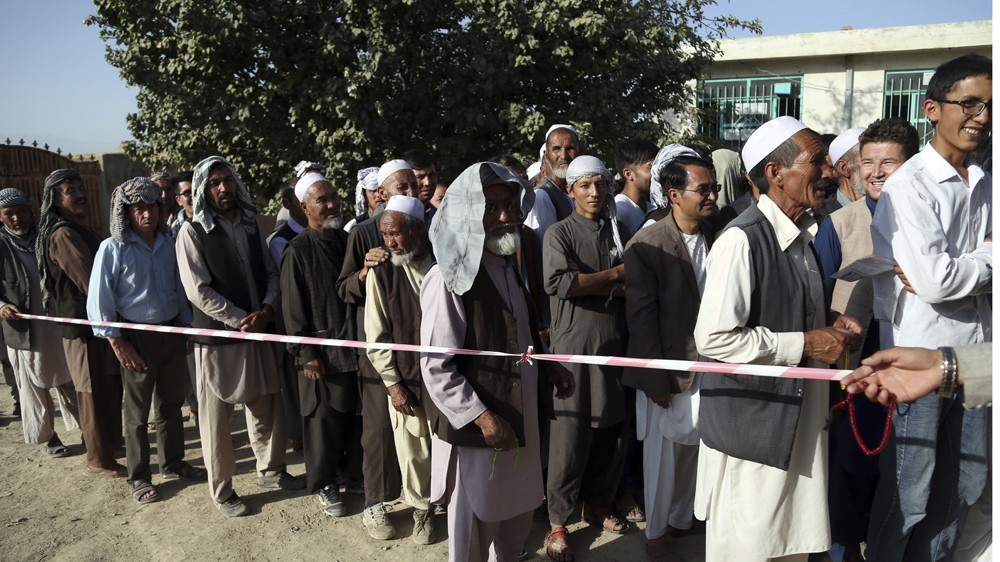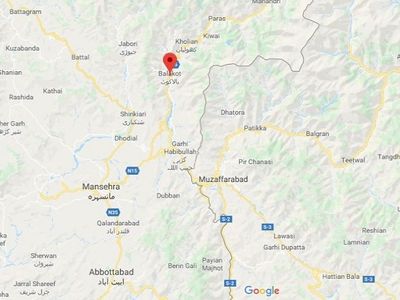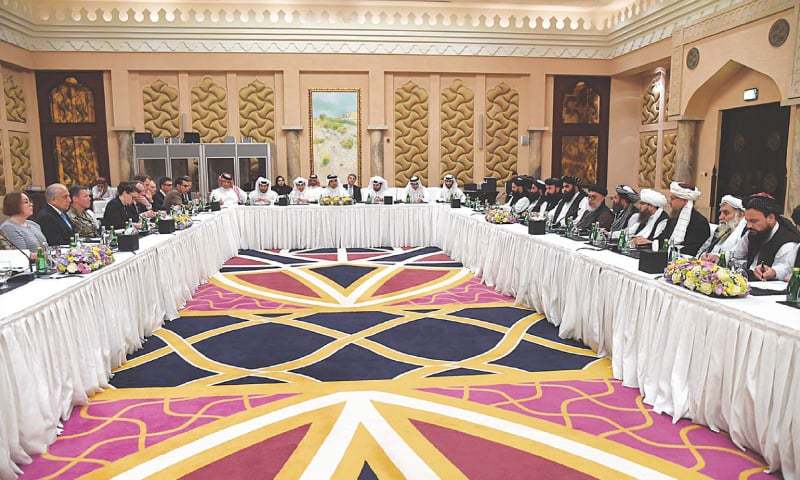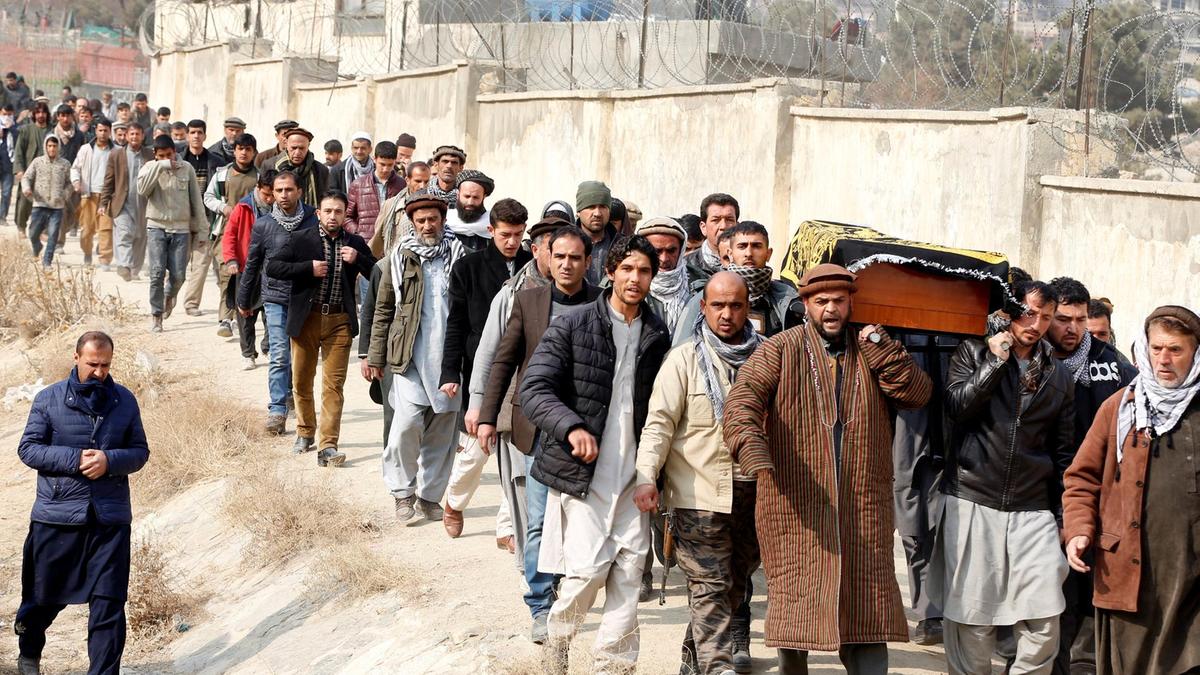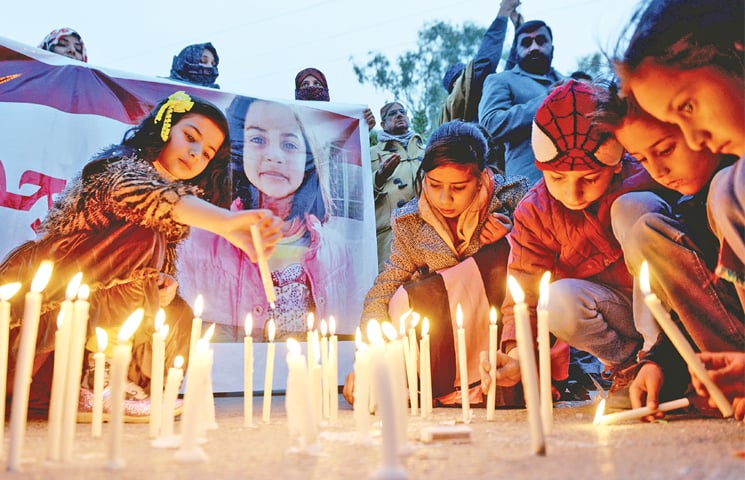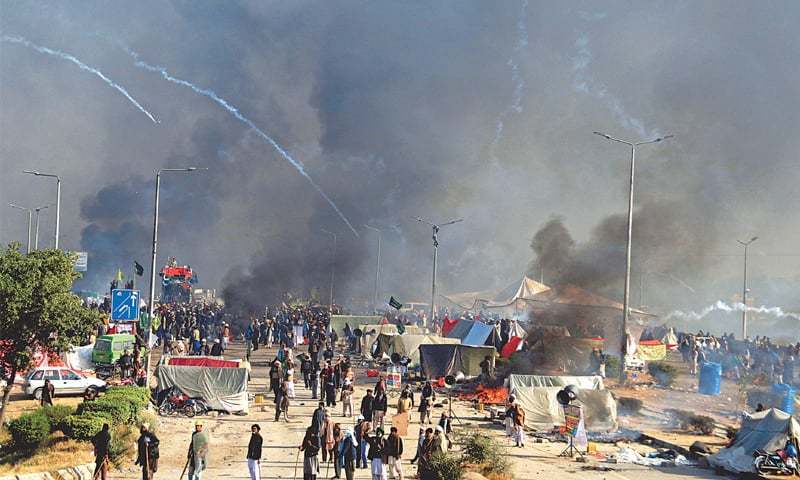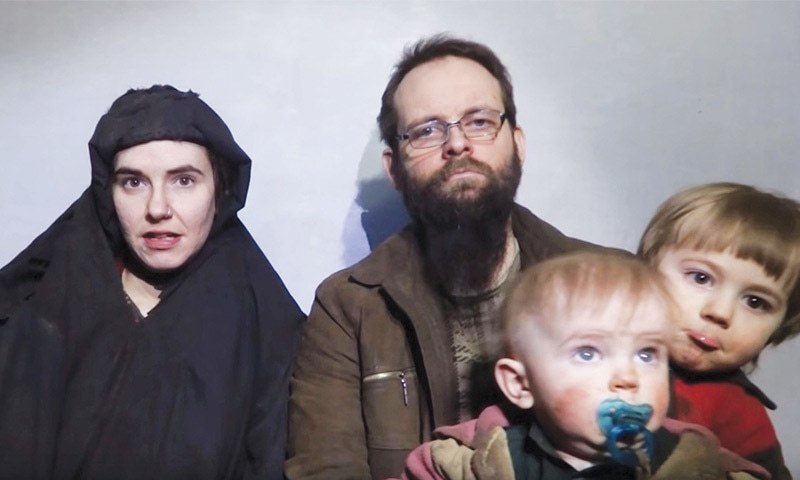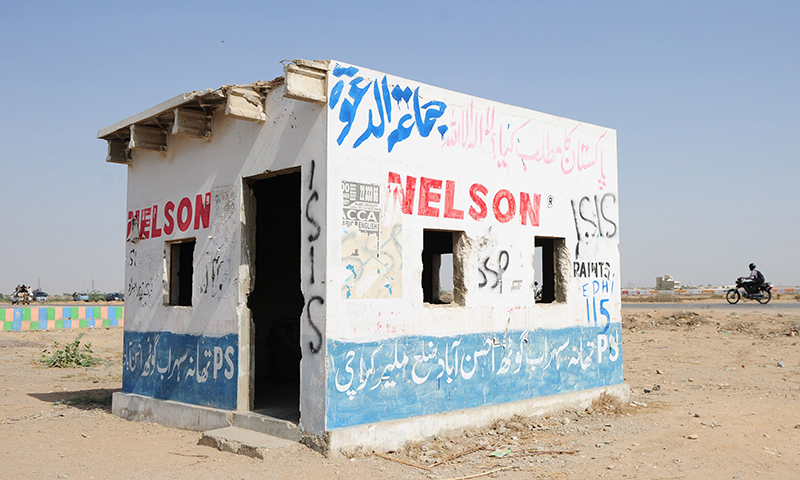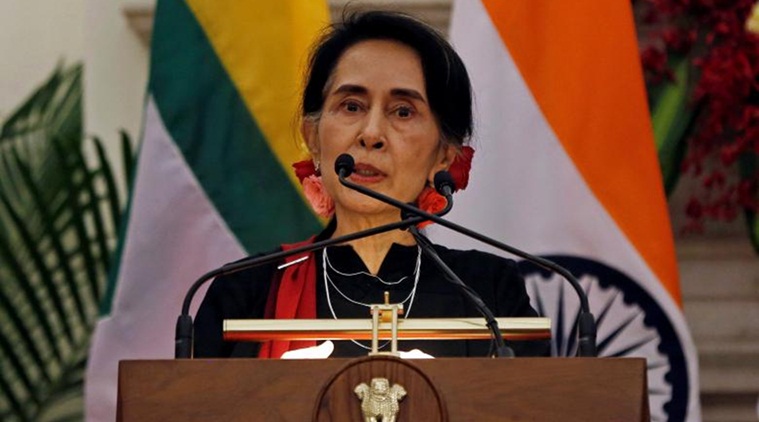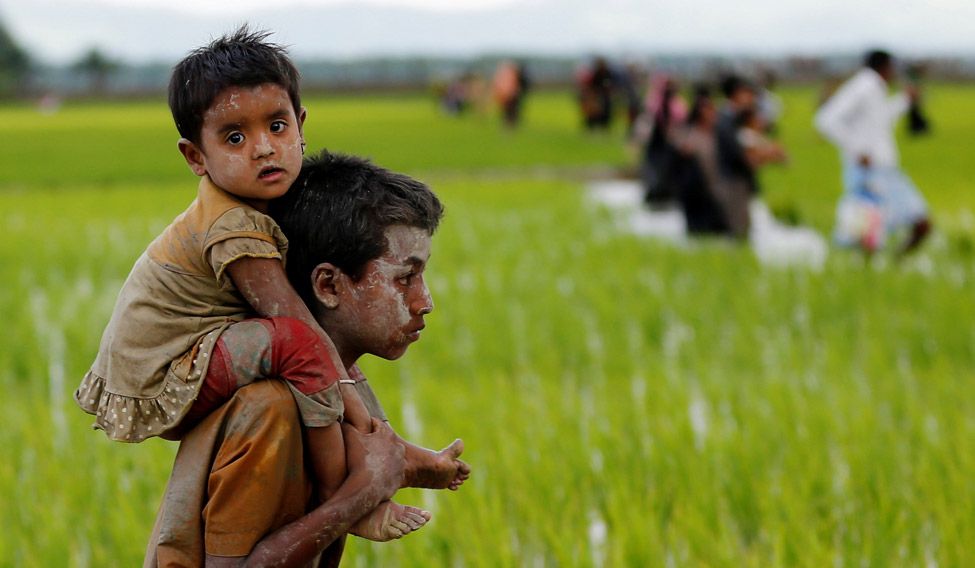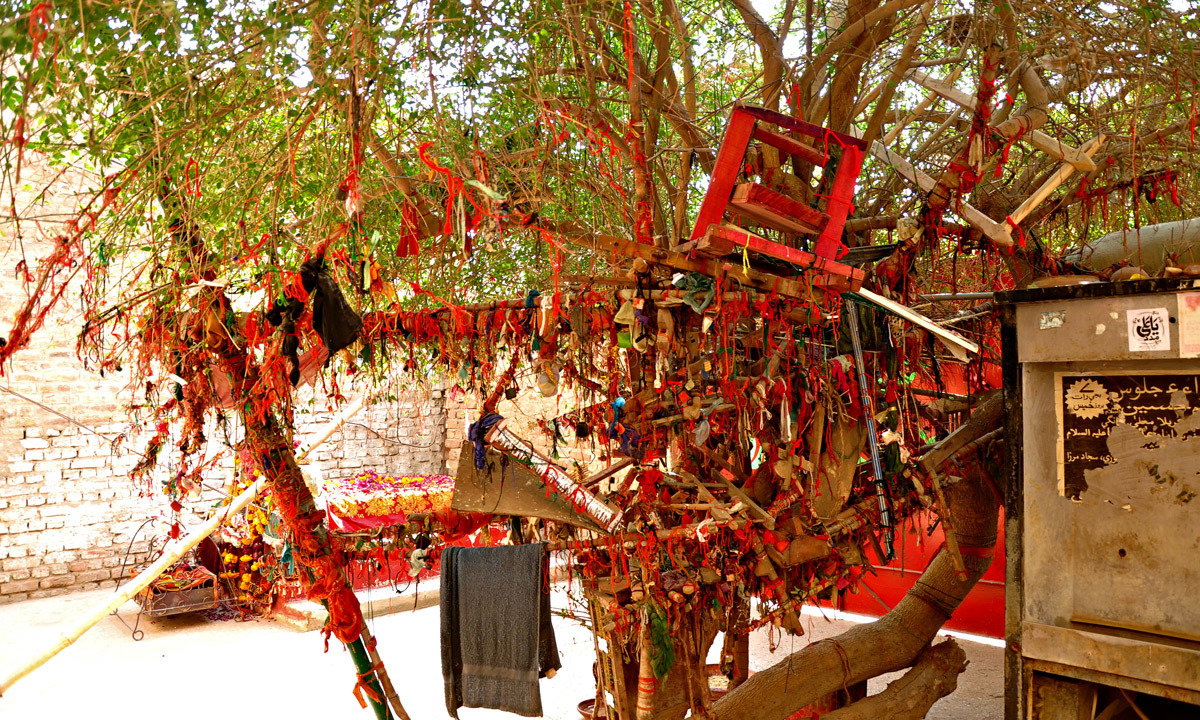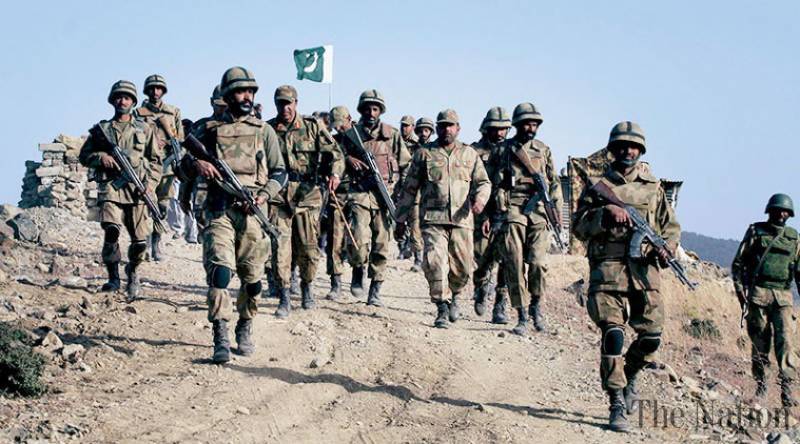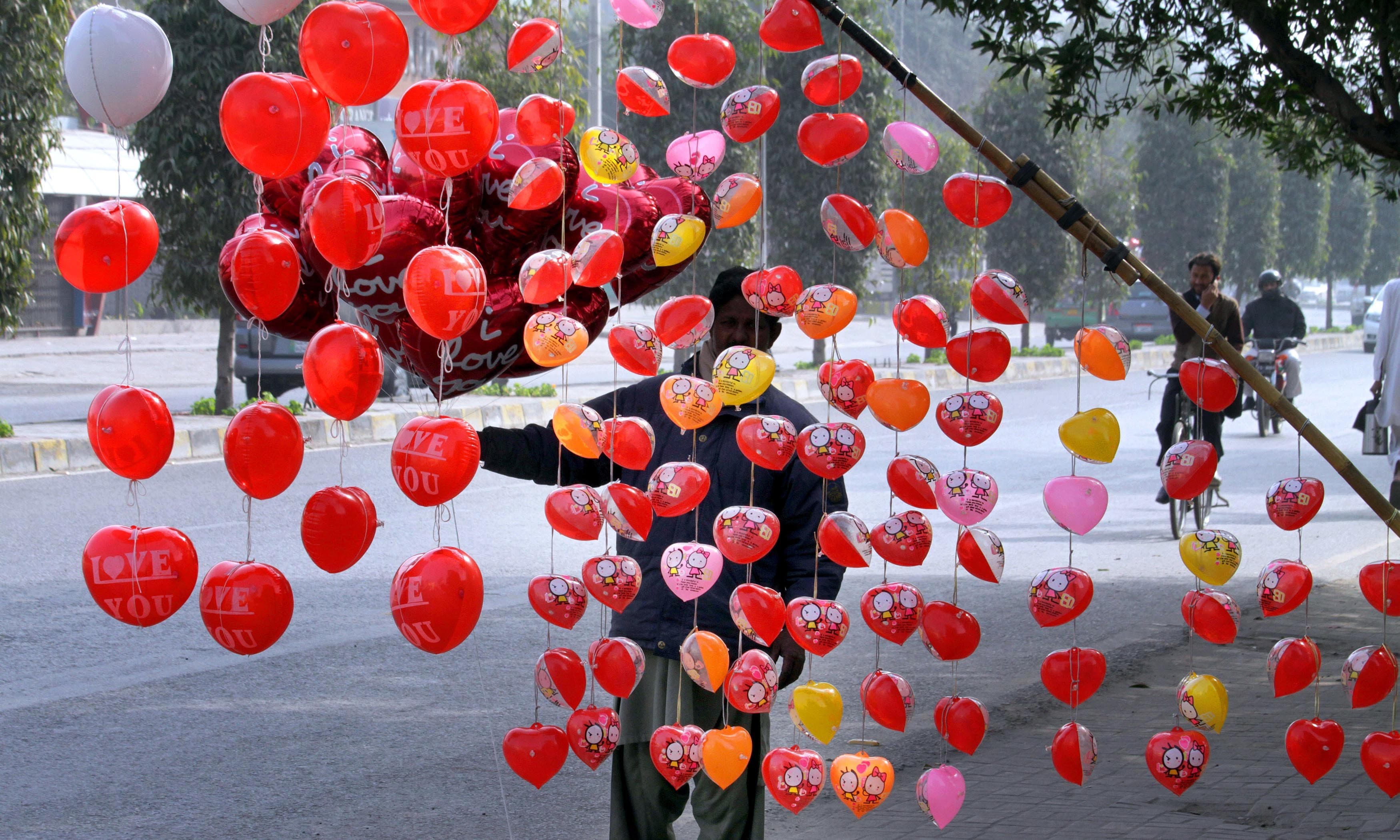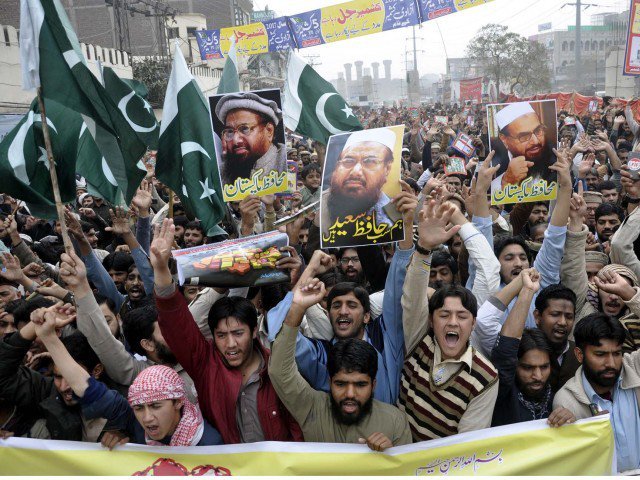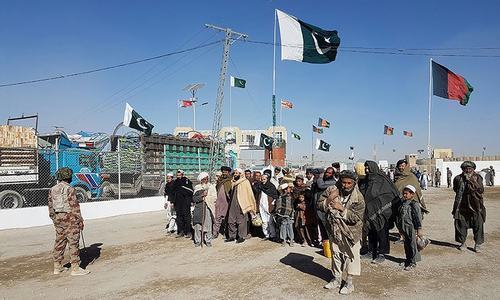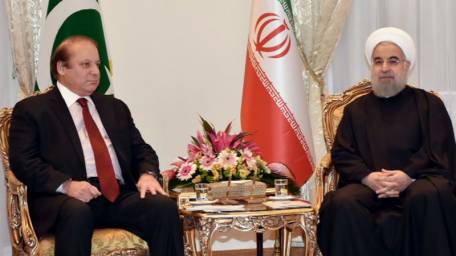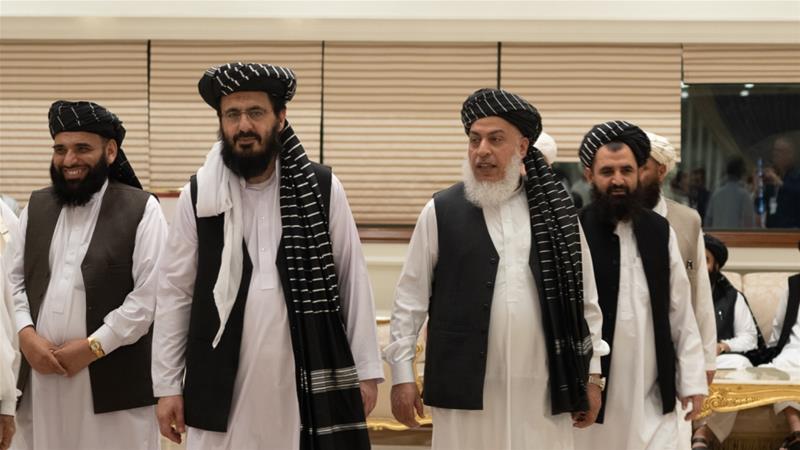
Conflict Reader # 77, 1 March 2020
CR Analysis
D. Suba Chandran
Professor
International Strategic and Security Studies Programme (ISSSP)
National Institute of Advanced Studies (NIAS), Bangalore
Islamabad is ecstatic about the Doha deal between the US and the Taliban. Imran Khan welcomed the deal as “the only meaningful path to peace”; for Shah Mehmood Qureshi, Pakistan’s foreign minister the peace agreement “carries immense importance – both in symbolism and substance – for Afghanistan, the region and beyond.”
Why is Islamabad ecstatic about the Doha deal?
For Islamabad, the Taliban is a part of a solution in Afghanistan
For long, Pakistan has been advocating the above position in Afghanistan. As an extension of this line of thinking, Islamabad has been advocating a political strategy vis-à-vis the Taliban. The Bush and Obama administrations did not agree with either of these two perceptions. Instead, they pursued a military option vis-à-vis the Taliban and al Qaeda. On al Qaeda, Pakistan’s position has been nuanced; in public, it would agree on the international position, but in private, it saw al Qaeda as an asset, if not an ally. Even many at the global level agree that the presence of Osama bin Laden in the heart of Pakistan could not have been possible without the Establishment knowing it. Since Musharraf was the head of the State, there cannot be an argument, that it was an intelligence operation, and the political leadership was unaware of it then.
For Islamabad, elected leadership in Kabul is an anathema
For Pakistan, the Doha deal provides legitimacy to the Taliban. Pakistan’s position on the Taliban is related to its comfort level in dealing with it, rather than an elected leadership in Kabul. Successive governments led by President Karzai and Ghani, though tried to reach out to Islamabad in the beginning, the relationship between the two countries soured subsequently. Kabul sees Islamabad as a problem to the immediate stability and the future of Afghanistan.
The discomfort for Islamabad with the elected Afghan leadership in Kabul stems from the fact that the latter act independent. On the other hand, Pakistan considers the Taliban as their boys, even today.
For Islamabad, the Taliban would not provide any space to India
Pakistan is convinced that the elected leadership in Kabul is pro-India. New Delhi has been successful in building a good relationship with Afghanistan under President Karzai first, and later with President Ghani. Under the leadership of Karzai and Ghani, New Delhi has built a grand partnership with Kabul – leading to substantial Indian investments inside Afghanistan across a broad spectrum. From building hospitals to physical infrastructure, India has made a great leap forward in expanding its presence across Afghanistan.
More than the Indian presence in Afghanistan, New Delhi’s initiatives have led to expanding the Afghan presence in India. Today, there are multiple direct flights between India and Afghanistan, bringing Afghans to New Delhi daily. There are more Afghans today in India taking treatment in the Indian hospitals, and studying across various institutions – from Chandigarh in Punjab to Mysore in Karnataka and Pondicherry, with fully or partially supported by the government of India. These Afghan interactions, from an Islamabad perspective, not only increases the linkages between India and Afghanistan at the popular level but also reduces the Afghan dependence over Pakistan. This is anathema for Pakistan.
If the Taliban is in Kabul, neither of the above will happen. Neither the Afghans would interact with the Indians in large numbers, nor would Pakistan be apprehensive about a direct link between New Delhi and Kabul. In fact, under the Taliban, there was no official Afghan presence in New Delhi and vice versa.
For Islamabad, the “Pashtun” is a bigger factor today in Pakistan’s internal dynamics
Islamabad has always been apprehensive of the “Pashtun” factor across the Durand Line. The issue is historical, ethnic and cross-border related. Before the partition of British India, the Muslim League had limited influence in the Pashtun dominate regions – then referred to as the North-West Frontier Province (NWFP). The local societal and political leadership under the influence of Khan Abdul Ghaffar Khan, and the provincial leadership led by his brother Dr Khan Shahib was closer to the Indian National Congress. The Khan brothers were closer to Nehru than Jinnah. Had the Khudai Khitmatgars led by the great Khan took part in the 1947 referendum, instead of boycotting it, the results of NWFP joining Pakistan could have been different.
The above Pashtun history weighs heavily even today in Pakistan’s heartland led by the Punjabi elite. Furthermore, the fact that the Pashtuns constitute the second-largest section within the Pakistani military only accentuates the perception.
From a sociological, ethnic and cross-border perspective, the Pashtun heart lies across the Durand Line, than towards Islamabad. Though the Khyber pass separates Pakistan and Afghanistan, the emotinal Pashtun heart makes the mighty Khyber a minion to breeze across. The Af-Pak border exists more in the name and is respected better in Islamabad and Kabul. For Peshawar and Jalalabad, Torkham is just a crossing, devoid of any political meaning.
In contemporary Pakistan, the above “Pashtun” factor has added a new dimension, especially since the emergence of the Pashtun Tahafuz Movement (PTM). The PTM is a youth movement trying to find a new narrative for the Pashtuns – outside the “tribal” and “pro-Taliban” clichés. Though it has emerged as a social movement during the second half this decade, extrajudicial killing of a Pashtun youth in 2018 has triggered its massive enlargement.
The above has made the Establishment to look at the PTM with suspicion, and see a more massive conspiracy. The PTM is progressive in outlook and wants to take the Pashtun youth to reap the benefits of globalization. In contrast, a section within the traditional leadership – tribal, militant and intelligence – want them to remain how they were. An independent Pashtun youth is seen as a liability by the Establishment; as a result, there have been efforts to undermine the PTM within Pakistan. The media houses have been pressurized not to cover the PTM events and espouse their cause.
Perhaps, within the Establishment, there is a suspicion that the PTM is a conspiracy with links in Kabul and New Delhi.
Given the emergence of the PTM and its growth in the last two years, Pakistan would prefer Taliban calling the shots across the Durand Line, than an elected and secular leadership in Kabul.
For Islamabad, the Doha deal would bring Pakistan into the mainstage
Finally, there is a larger belief within Pakistan, that the US has not only looked at the Taliban as a part of the problem but also Islamabad. Now, there is a vindication within Pakistan, that the US has come around to pursue Afghanistan, on what they have been saying for the last two decades.
There is also a larger belief that the Doha deal would bring the US and Pakistan closer, and lead to the resumption of military ties and aid, that has been halted. Trump’s recent meeting with Imran Khan is seen as a turnaround from how the former looked at Pakistan, a few years earlier. Remember Trump’s new year tweet in 2018: “The United States has foolishly given Pakistan more than 33 billion dollars in aid over the last 15 years, and they have given us nothing but lies & deceit, thinking of our leaders as fools. They give safe haven to the terrorists we hunt in Afghanistan, with little help. No more!”
Pakistan thinks that the Doha deal on 29 February marks a 180 degree turn to Trump’s tweet on 1 January 2018.
The above analysis was first published in Pakistan Reader.
